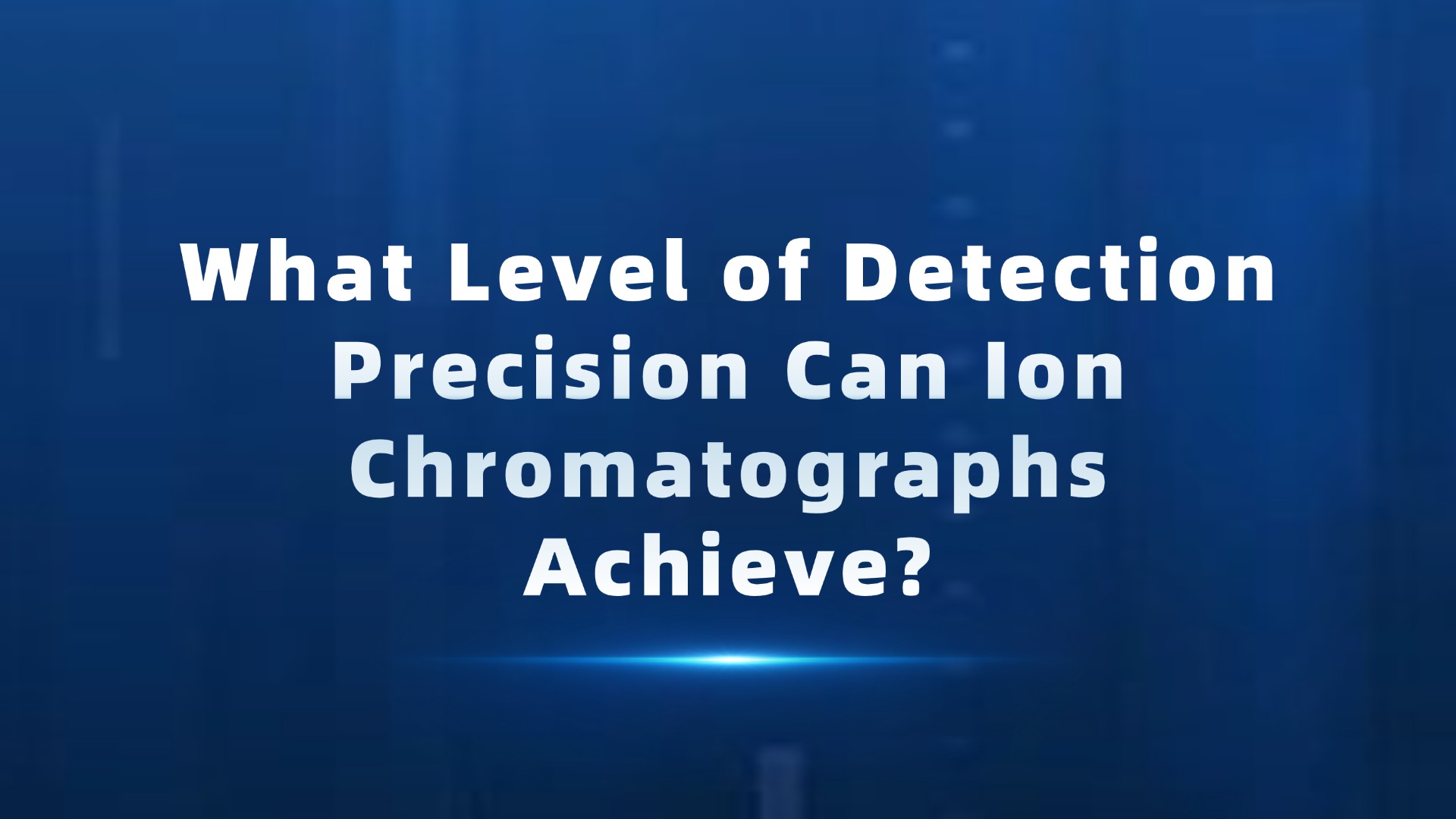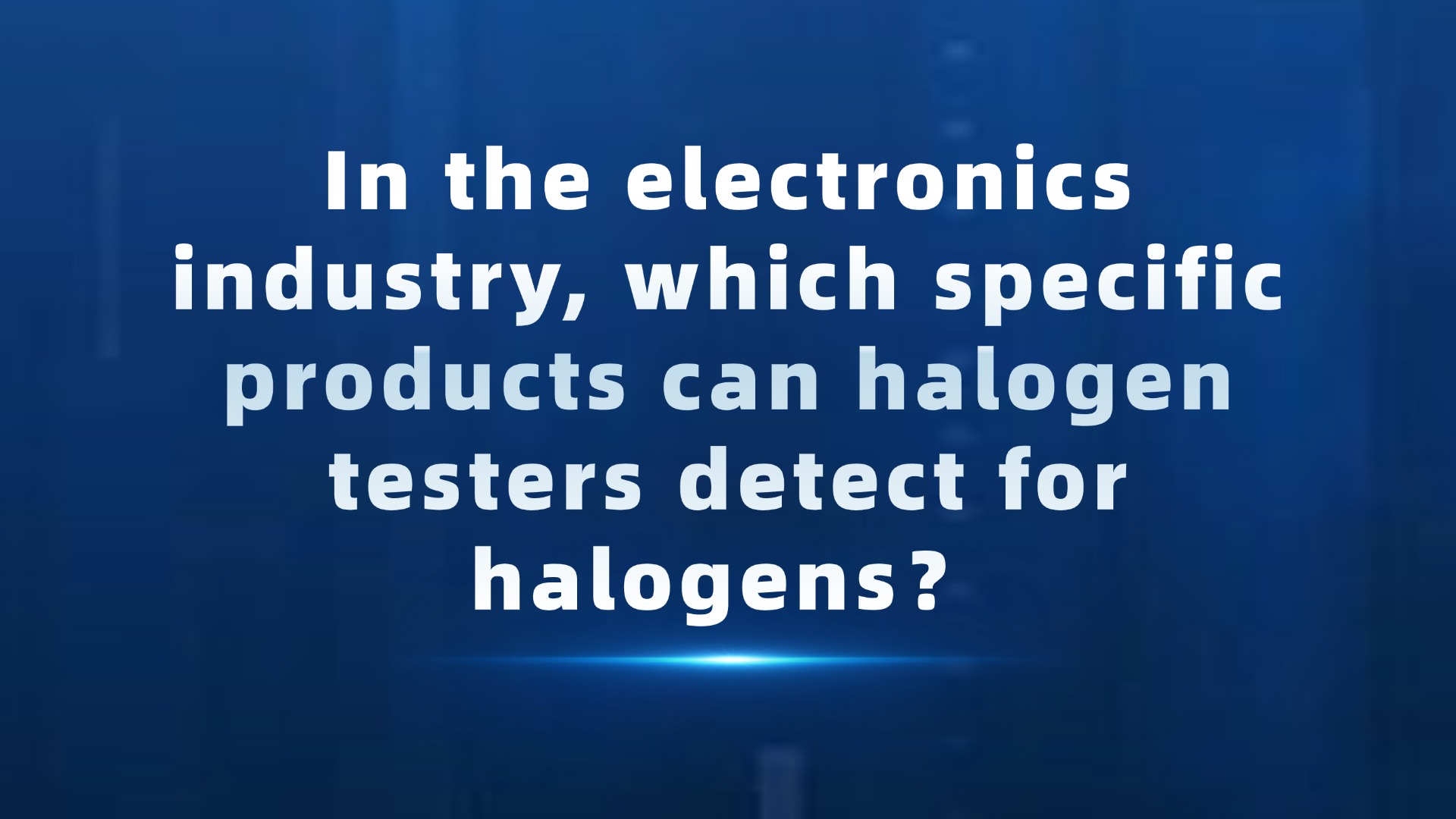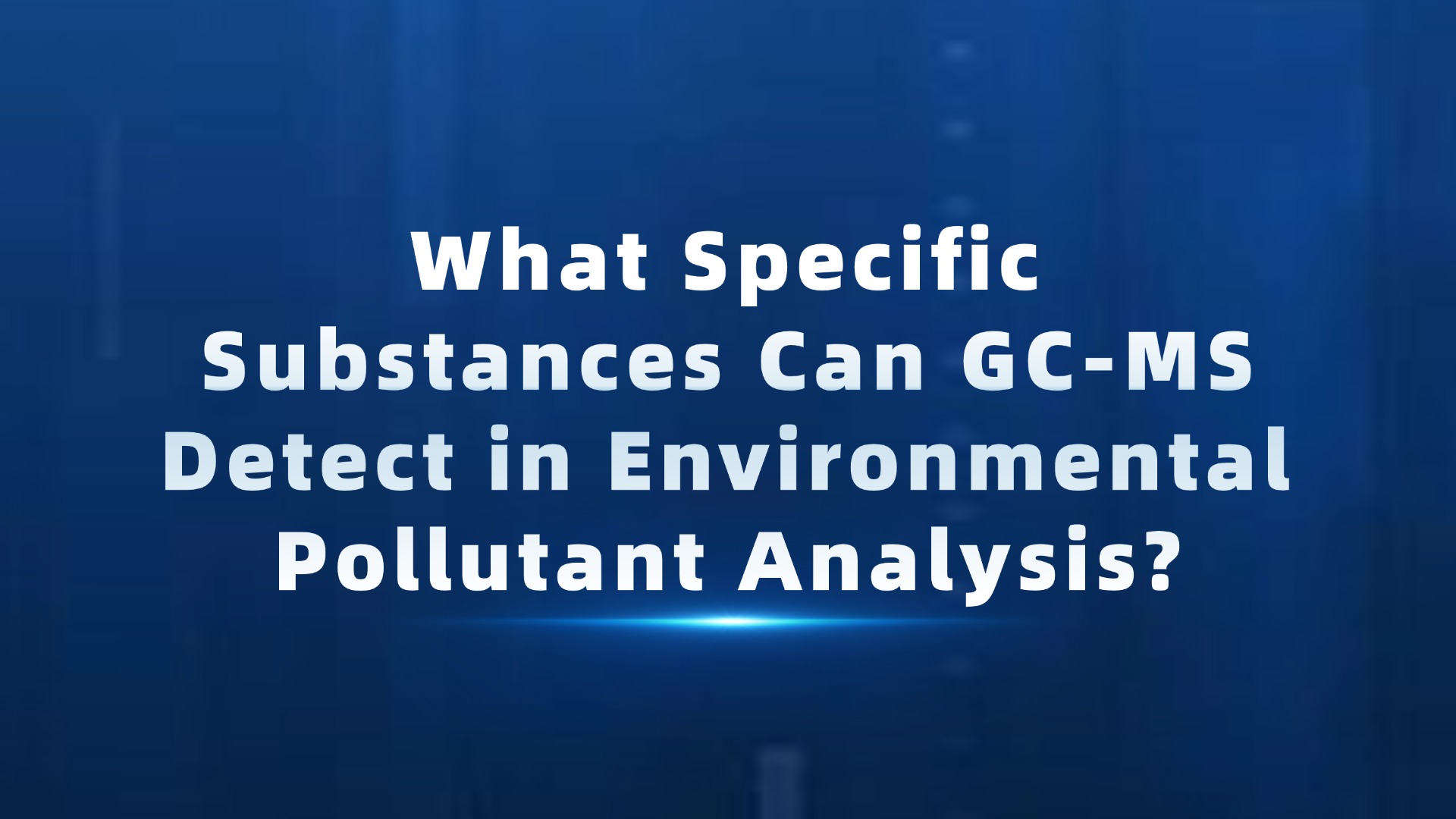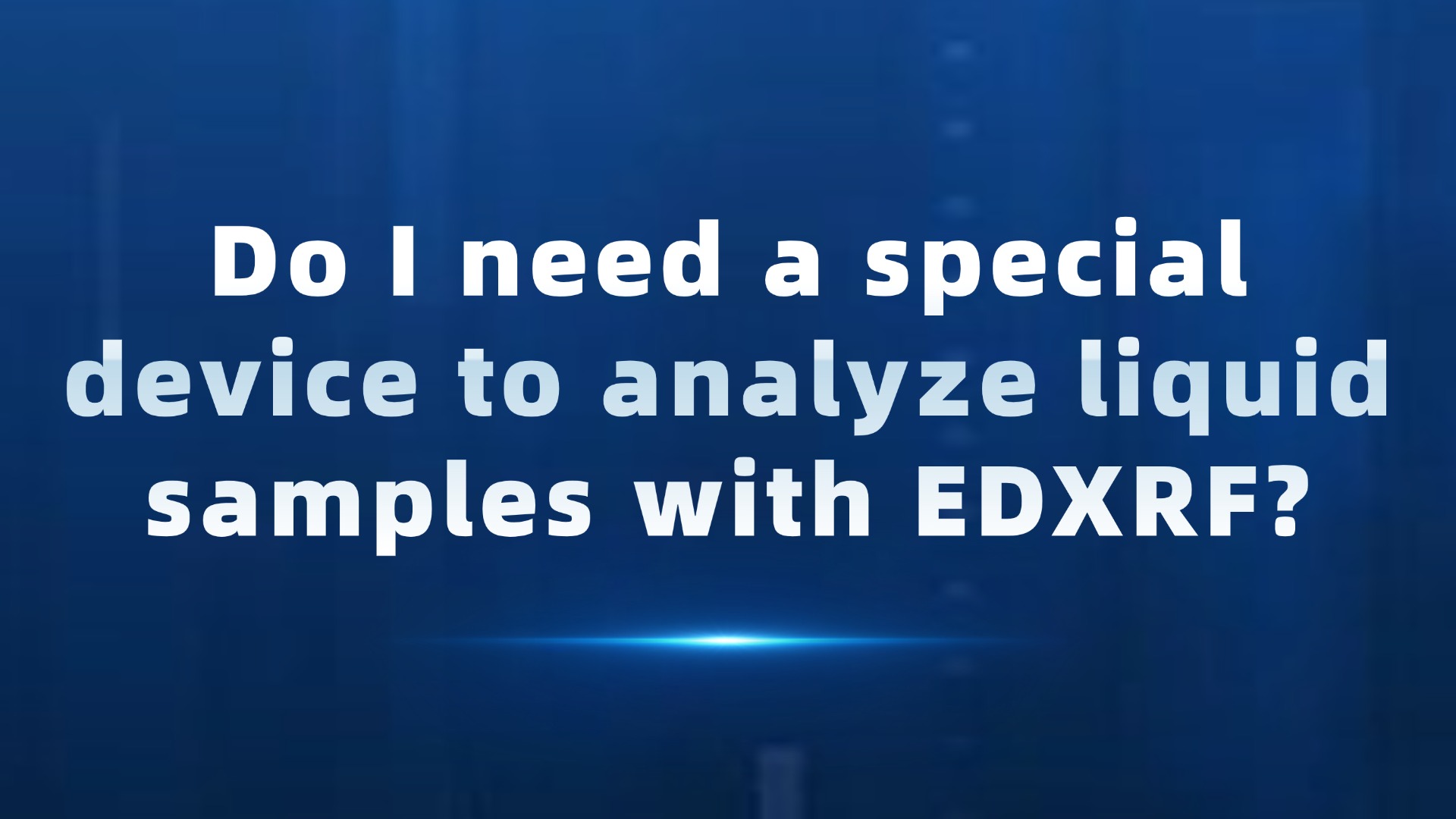In recent years, the EU has attached great importance to the issue of harmful substances in products during market enforcement. The proportion of dangerous products recalled annually in the EU market due to excessive harmful substance content is as high as one fourth. Plastic materials are one of the most widely used materials in modern society. However, due to functional requirements, various additives such as plasticizers, flame retardants, and coloring agents may be added to plastic materials and products during the production process, thereby introducing harmful substances. Therefore, in daily quality control work, it is particularly important to pay attention to the content of harmful substances in plastic materials, and combine the final use and target market of the product to determine what harmful substance requirements the product needs to meet.
The EU hazardous substance regulatory system is relatively complex, with both general regulations applicable to various products and specific directives for specific product categories. For plastic materials, it is necessary to meet both general requirements and specific product requirements based on the ultimate use of the plastic material.
The general hazardous substance requirements that need to be considered when launching products in the EU market mainly include RoHS 2.0 regulations, REACH regulations, POP regulations, ODS regulations, etc.
The European Parliament and the European Commission published the Waste Electrical and Electronic Equipment Directive (WEEE Directive) and the Restriction of Hazardous Substances in Electrical and Electronic Equipment Directive (RoHS Directive) in their Official Gazette on February 13, 2003. RoHS is a mandatory standard established by EU legislation, which was officially implemented on July 1, 2006. It is mainly used to regulate the material and process standards of electronic and electrical products, making them more conducive to human health and environmental protection. The purpose of this standard is to eliminate six substances, including lead, mercury, cadmium, hexavalent chromium, polybrominated biphenyls, and polybrominated diphenyl ethers, from electronic and electrical products.
On June 4, 2015, the European Union published Directive 2015/863/EU in its official bulletin, revising the list of restricted substances in Appendix II of RoHS 2.0 (2011/65/EU). Four phthalates, namely di (2-ethylhexyl) phthalate (DEHP), methylphenylbutyl phthalate (BBP), dibutyl phthalate (DBP), and diisobutyl phthalate (DIBP), were added to Appendix II of RoHS 2.0. As of now, Appendix II of RoHS 2.0 (2011/65/EU) has increased to 10 substances, as shown in the table below:
| Restricted substances | Standardized concentration | Risk materials |
| Lead (Pb) |
1000ppm |
|
| Cadmium (Cd) |
100ppm |
|
| Mercury (Hg) |
1000ppm |
|
| Chromium (Cr6+) |
1000ppm |
|
| Chlorine (Cl) |
1000ppm |
|
| Bromine (Br) |
1000ppm |
(PBB)、(PBDE) |
|
Diethyl hexyl phthalate (DEHP) |
1000ppm |
|
| Butyl benzyl phthalate (BBP) |
1000ppm |
|
| Dibutyl phthalate (DBP) |
1000ppm |
|
| Diisobutyl phthalate (DIBP) |
1000ppm |
One:
REACH regulation, also known as (EC) No 1907/2006 "Regulation on the Registration, Evaluation, Authorization and Restriction of Chemicals", is considered the most important chemical substance management regulation in the European Union in the past 20 years. The REACH regulation defines all products as substances, mixtures, and articles, and sets different requirements for different categories of products. Most consumer goods launched in the EU market, such as electronics, toys, clothing, cars, etc., belong to the category of "goods". Therefore, almost all products launched in the EU market need to consider the requirements of REACH regulation. That is to say, regardless of the final processing of plastic materials into finished products, the requirements of REACH regulations need to be considered. The hazardous substance requirements of REACH regulation mainly target substances of high concern (SVHC) and substances listed in Appendix XVII: if a product contains SVHC, the enterprise must fulfill corresponding information transmission obligations; If the product violates the substance restriction requirements in Appendix XVII, it will not be put on the market.
POP stands for Persistent Organic Pollutants. The European Union issued Regulation (EC) No 850/2004 in 2004 to strengthen the control of persistent organic pollutants within the EU. Similar to REACH regulations, POP regulations also define products as three major categories: substances, mixtures, and articles. Therefore, regardless of the final processing of plastic materials into finished products, the requirements of POP regulations still need to be considered. At present, 23 persistent organic pollutants have been banned in Appendix I of the POP regulations, and products must ensure compliance with the corresponding requirements when placed on the EU market.
ODS is the abbreviation for ozone depleting substances (also known as ozone depleting substances), and the European Union issued Regulation (EC) No 1005/2009 in 2009 to control the use of ODS. ODS can be used as a foaming agent and refrigerant, and some foamed plastic materials may introduce ODS due to the use of foaming agents, which requires attention.
Secondly:
Considering the characteristics of different categories of products, the EU has formulated different requirements for hazardous substances for different categories of products. Such as RoHS Directive specifically for electronic and electrical products, Food Contact Materials Regulations specifically for food contact products, Toy Directive specifically for toy products, Battery Directive specifically for battery products, ELV Directive specifically for automotive products, Packaging Directive specifically for packaging materials, and so on.
It is particularly important to note that there are significant differences in the specific requirements of the different products mentioned above, which need to be accurately identified in practical work. At the same time, the above requirements will continue to be updated, such as the addition of 2 batches of SVHC substances per year under the EU REACH regulatory framework, and the addition of 4 phthalates to the EU RoHS directive on June 4, 2015. Enterprises need to constantly pay attention to the latest requirements and take timely response measures.




